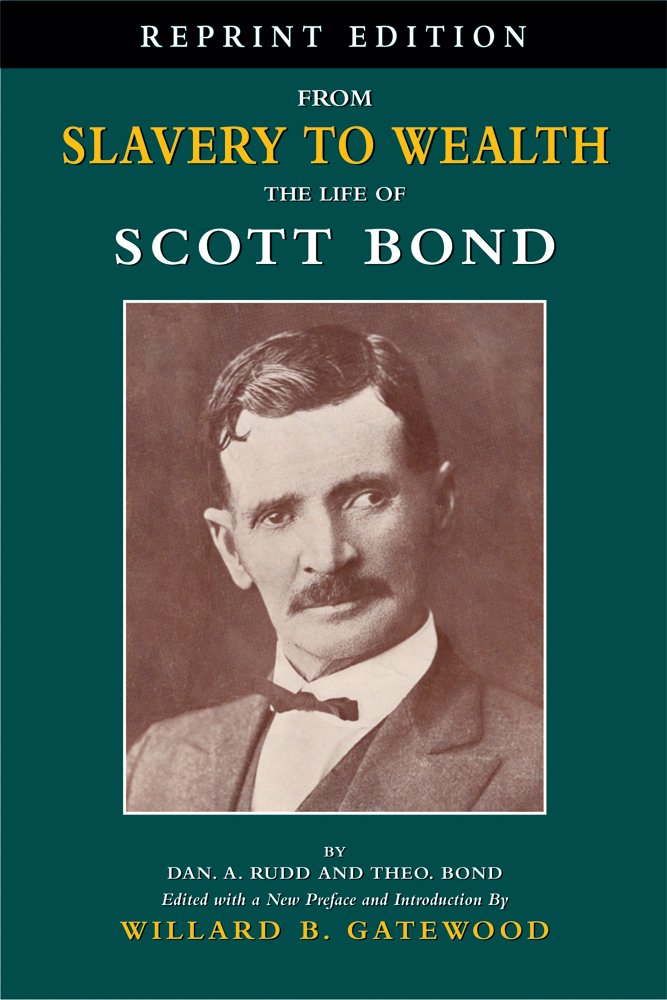The White Negress: Literature, Minstrelsy, and the Black-Jewish Imaginary (review)
Shofar: An Interdisciplinary Journal of Jewish Studies
Volume 31, Number 1, Fall 2012
pages 206-208
DOI: 10.1353/sho.2012.0123
Andrea Levine
George Washington University
This volume’s title signals its central critical intervention, a challenge to the masculine biases that have shaped studies of minstrelsy and of cross-racial appropriation and desire more broadly. Most conspicuously, Lori Harrison-Kahan takes on the influential paradigm established by Michael Rogin in his 1996 Blackface, White Noise. Rogin, of course, argues that early twentieth-century Jewish blackface performances worked to confirm the still-contested “whiteness” of Jewish entertainers, a “true” whiteness that presumably resided beneath the “mask” of blackface.
Harrison-Kahan, in fact, identifies Rogin’s paradigm as one of two predominant, “oppositional,” modes of reading Jewish investment in black culture; in the second paradigm, which she traces back at least to Irving Howe, Jews “empathetically identify” with black suffering (p. 4). In practice, though, she contends much more consistently with Rogin’s well-known charges of appropriation and exploitation.
The White Negress demonstrates that once we begin to look at women’s engagement with “cross-cultural exchange” (p. 15), these transactions appear far more nuanced than such binary approaches allow. Harrison-Kahan reads a number of early twentieth-century Jewish American women’s texts and performances as invested less in claiming “whiteness” than in destabilizing it, in part through assertions—if frequently ambivalent ones—of Jewish identity. Her analysis places considerable weight on the resistance to sanctioned gender and sexual roles on the part of such Jewish American female performers and writers as Sophie Tucker and Fannie Hurst. The author also revises “unidirectional” narratives of Jewish American cultural appropriations of “blackness,” suggesting that scholars should acknowledge the more “reciprocal” transactions that obtain among African American and Jewish American cultural producers and historical actors. So, for instance, she reads Zora Neale Hurston’s 1939 novel, Moses, Man of the Mountain, as a send-up, rather than a reinscription, of minstrel conventions, one that explores both the power dynamics and the mutual “cross-identifications” that attended Black-Jewish coalitions in the early years of the civil rights movement.
In another acute challenge to prevailing scholarship, Harrison-Kahan argues that the racial politics of Edna Ferber’s Showboat look quite different when one reads the novel that served as the basis for the Broadway musical, much-maligned for its traffic in sentimental and demeaning representations of African American characters. Harrison-Kahan emphasizes the novel’s “pluralistic” rendering of Jewishness and its emphasis on racial “mixing.” Similarly, she re-reads Hurst’s 1933 novel, Imitation of Life, which provided the basis for both the 1934 and 1959 film versions, texts far more familiar to most scholars than Hurst’s original novel. Harrison-Kahan argues that Hurst’s novel interrogates and exposes the commodification of “blackness” on which its protagonist’s business rests—and that these challenges to racial stereotypes work in conjunction with the challenges that Bea Pullman, as a “working woman,” poses to normative scripts of white femininity and maternity. As in the chapter on Ferber, the author makes a persuasive case for the under-examination of Hurst as a Jewish American author, in part because her biography deviated from that of the largely New York-based Eastern European Jewish immigrants whose work dominates the Jewish American “canon,” and in part—as with so many women writers—because her work was consistently marginalized by critics for its commercial success. One might, however, suggest that even given the historical frame of Harrison-Kahan’s project, her own privileging of “working” white femininity as a disruptive version of femininity is rather a circumscribed choice, leaving heterosexuality, among other indices of normative femininity, largely intact.
Harrison-Kahan’s readings are subtle and deft, and to her credit, she does not over-state the radicalism of either her own approach or the texts she reconsiders. A characteristic passage reads, “Hurst’s novel thus negotiates a fine line between being an additional inculcation of the mammy myth and a commentary on it” (p. 124). Harrison-Kahan works cogently and intelligently in the ambivalent space she charts, writing in the conclusion that whiteness can be “produced and destabilized through cross-racial performances and encounters” (p. 179).
This volume makes an important contribution to a scholarly…




